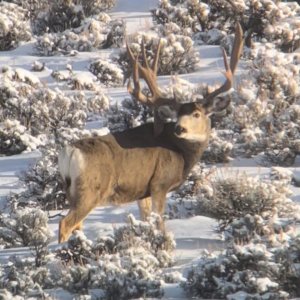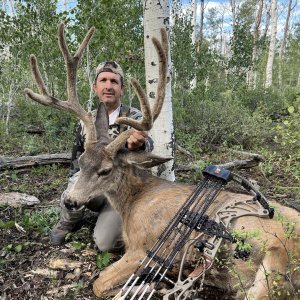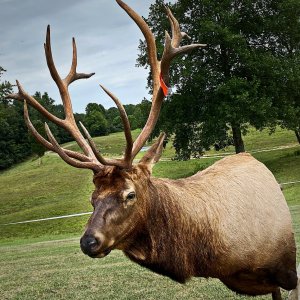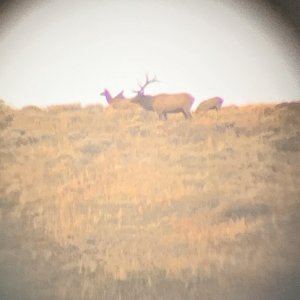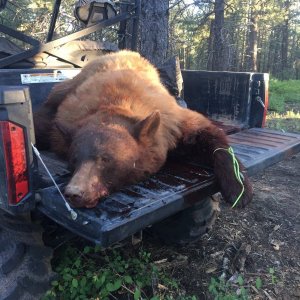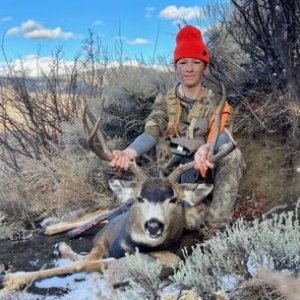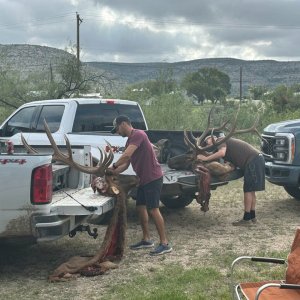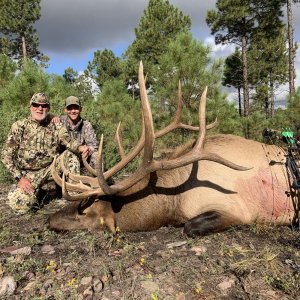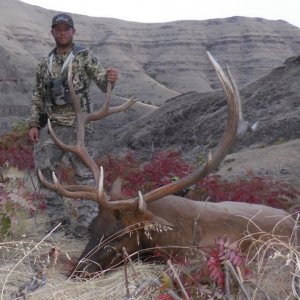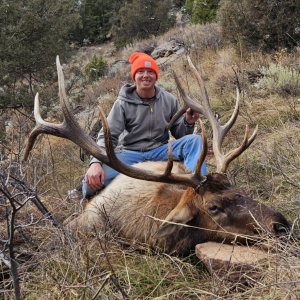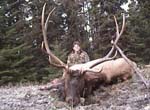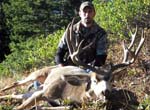OutdoorWriter
Long Time Member
- Messages
- 8,340
North Idaho white-tailed deer fawn captures and camera efforts currently underway
By Kara Campbell, Regional Communications ManagerWednesday, June 9, 2021 - 1:41 PM MDT
Researchers head into their second season of radio collaring fawns and deploying remote cameras to help understand white-tailed deer populations.
In 2020, Idaho Fish and Game researchers began a complex research program aimed at population ecology, habitat use, survival, mortality, and productivity of white-tailed deer in Idaho.
Researchers are working to improve their understanding of white-tailed deer populations in Idaho, and equip wildlife managers with the tools to better manage one of Idaho’s most popular big game species.
IDFG
Fish and Game is now in the second season of data collection and field work. January through March of 2021, research crews captured and collared 174 white-tailed deer in units 1, 6, and 10A. Of 96 female deer collared, 83 of them were pregnant does implanted with a telemetry device, known as a VIT. The device is paired with the doe’s collar and is expelled when the doe gives birth to a fawn. It also sends out a signal, allowing researchers to locate the birth site and ultimately locate the newborn fawns.
Currently, teams of biologists are in the field locating newborn fawns and outfitting them with their own collars, which are wirelessly connected to the doe’s collar.
Fawn survival is key to maintaining deer populations, and researchers are especially interested in the survival rates of white-tailed deer fawns. The fawn collars allow biologists to learn how many fawns survive through their first year, as well as any cause-specific mortality (why animals die). If the collar stops moving for a certain time period, it will send a notification to biologists that a fawn may have died. Biologists then can locate the fawn and investigate the cause of death.
Additionally, biologists are deploying a network of 750 remote cameras in units 1, 6 and 10A. Each unit will receive 250 cameras, with unit 1 being an addition to this years remote camera efforts. These cameras will be used to estimate white-tailed deer abundance and seasonal distribution. Photos gleaned from these cameras will also be used to monitor the proportion of bucks-to-does and does-to-fawns out on the landscape.
Kara Campbell
These studies are ongoing and it will be a while before they have a more complete picture of white-tailed deer ecology. Although researchers are currently focusing a lot of their attention on white-tailed deer in Northern Idaho, the work they are doing with whitetails is the centerpiece of a holistic multi-species study.
The goal is to understand how all populations of large predators and prey interact, and how best to manage each species within the framework of the larger picture. The remote camera networks being used by researchers to monitor white-tailed deer populations will also be used to monitor elk, moose, and predator populations in Northern Idaho.
While Fish and Game has collared and monitored mule deer and elk for decades in southern and eastern Idaho, monitoring whitetails is a relatively new effort intended to provide short-term and long-term data on local deer populations and trends throughout the Panhandle and Clearwater areas.
For more information please contact your local regional office or visit the Wildlife Research and Data website.

